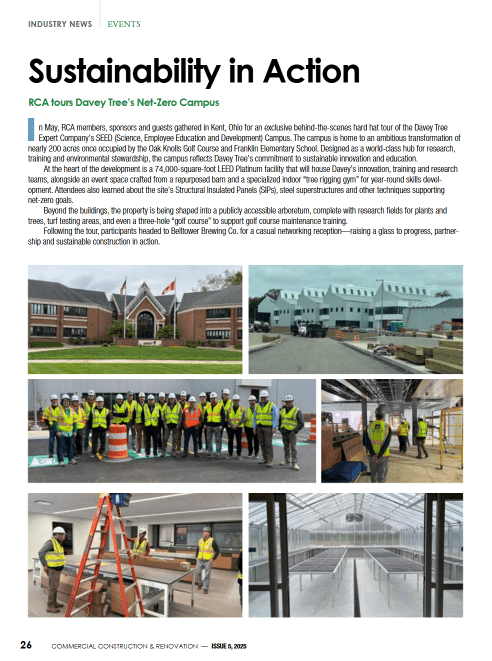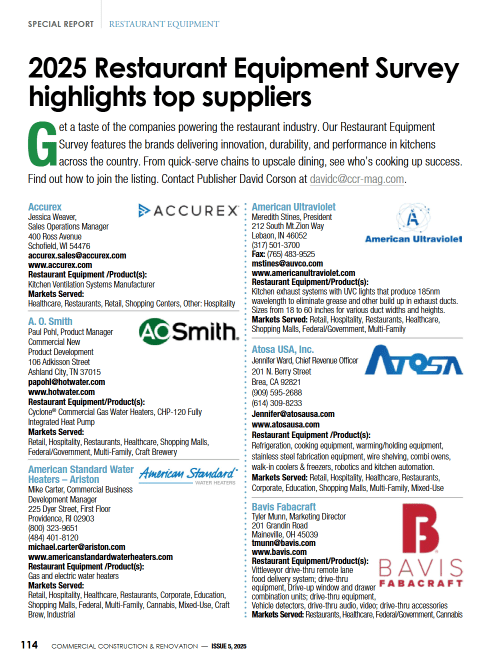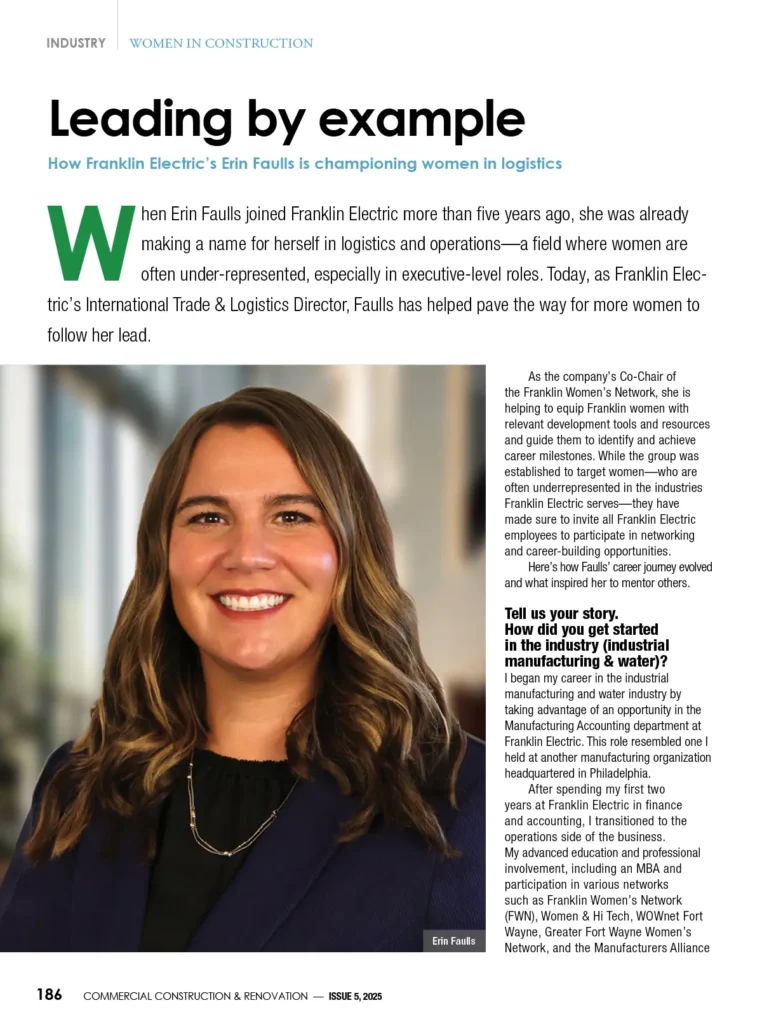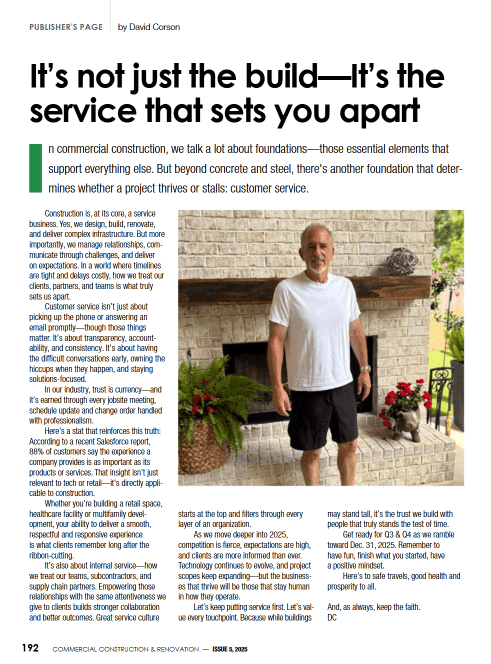
Thinking about starting an indoor garden or grow room? Even those who have an established green thumb when cultivating plants outdoors will need to do their due diligence and purchase specialized equipment to provide proper care. This article will offer an in-depth introduction to essential equipment and supplies for indoor gardens and grow rooms.
Grow Lights
Outdoors, plants get all the light they need from the sun. They use that light to create energy via a process known as photosynthesis. When gardeners bring their plants indoors, they need to offer them a replacement for all that natural sunlight. That’s where grow lights come in.
Grow lights aren’t like the normal bulbs found in every household. They provide a full spectrum of light, and many types do it without impacting the temperature or humidity in the grow room. Those interested in purchasing high-quality grow lights to give their plants the best chances of success can get helpful advice from Agron about which products will be the best fit for their unique circumstances.
Hydroponic Setup or Pots
There are two options for indoor growers: hydroponic setups or pots of soil or soilless media. Soil-based indoor gardens are a lot like outdoor gardens, except that gardeners must provide light and water. Hydroponics setups forgo soil and replace it with soilless grow media. Gardeners transplant their seedlings into the grow media, then use hydroponic nutrient mixes to provide them with everything they need to grow and thrive.
Hydroponic setups are more expensive than indoor soil-based container gardens, but they offer several advantages over traditional alternatives. Growing plants in a hydroponic system will allow gardeners to control every aspect of the environment and avoids problems with soil drainage and many pests and diseases. As a result, the plants typically produce larger yields of higher-quality crops. To sweeten the deal, properly set-up hydroponic systems are also more efficient and waste less water.
Environmental Controls
Growing healthy plants requires more than just providing light and water. Maintaining strict environmental controls is also essential. At a minimum, indoor gardeners should plan to control temperature, humidity, and airflow. In some cases, the building’s HVAC system can be used to maintain optimal temperatures, but that only addresses one of these environmental concerns.
As plants grow and thrive, they release not just oxygen, but also water vapor. The extra water vapor can create an excessively humid environment, raising growers’ chances of dealing with problems like powdery mildew and other fungal growths. Purchasing a dehumidifier can help to control humidity.
Even if the humidity levels in the room are within an optimal range, don’t underestimate the importance of controlling airflow. Wall-mount, inline, or pedestal fans are all good options for keeping the air moving. Some growers also install carbon filters or air purifiers to remove mold spores and other potential contaminants from the incoming air. Advanced growers may also want to look into CO2 supplementation.
Plant Nutrients
Whether growers choose to use hydroponic setups or create soil-based container gardens, they’ll need to feed the plants. All plants require macronutrients like nitrogen (N), phosphorous (P), and potassium (K) in comparatively large quantities and micronutrients in smaller quantities. There are a few ways that indoor gardeners can go about providing their plants with the macronutrients and micronutrients they need to grow and thrive.
In hydroponic systems, plants get all the nutrients they need from nutrient solutions. Growers must purchase specialized liquid plant foods and dilute them with water, then feed the plants according to a set schedule. Most indoor gardeners purchase liquid plant foods designed specifically for the types of plants they want to grow and tailor their plant feedings even more by switching to nutrients with different NPK ratios depending on their growth stages.
In soil-based systems, growers can use either synthetic or organic plant foods. It may be tempting to assume that adding some compost at the start of the growing season will be enough to provide necessary macronutrients and micronutrients, but that’s rarely the case. Container gardeners should purchase dedicated nutrient mixes and soil amendments to give their plants the best chances of succeeding.
Pesticides and Herbicides
Indoor growers face lower pressures from pests and diseases, but they’re not completely immune to them. Synthetic or organic pesticides, herbicides, and fungicides still play crucial roles in ensuring plant health.
Hydroponically grown plants face fewer pressures from disease and insects than those grown in soil. If hydroponic gardeners are careful about keeping their grow rooms clean and free from outside contaminants, they’ll have less to worry about. When insect pests or fungal, bacterial, or viral disease vectors do breach the grow room’s defenses, gardeners should take action immediately. Just make sure to buy products designed for hydroponic systems.
Plants grown in soil-based container gardens are more prone to problems with pests, disease, and weeds. High-quality pesticides, herbicides, and fungicides often target specific problems to reduce their impact on other aspects of soil and plant health. There are both synthetic and organic options available.
Indoor Gardening Tools
Indoor gardeners will need most of the same tools required to care for plants outdoors, including pruners, scissors, stakes, markers, and cages. They may also need more advanced tools like microscopes, cameras, and specialized cleaning equipment to reduce problems with pathogens. Don’t skimp on tools and indoor growing accessories, and make sure to keep them clean after each use with isopropyl alcohol or specialized sanitizers.
The Bottom Line
Growing plants indoors takes some extra tools, equipment, and specialized knowledge. Indoor gardeners should be prepared to provide everything the plants require to grow and thrive, from light and water to targeted nutrients and aides to help with pest and disease control.
Just remember: the costs associated with setting up an indoor garden can be recouped quickly by skilled growers. Strict environmental controls and carefully chosen inputs will help to increase yields, and indoor growers can cultivate plants year-round without worrying about inclement weather. Buy high-quality lights, hydroponic equipment, and other necessary tools of the trade now and consider them an investment in the garden’s future.




























